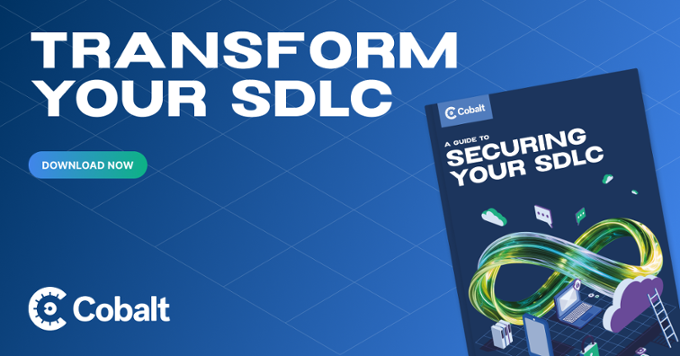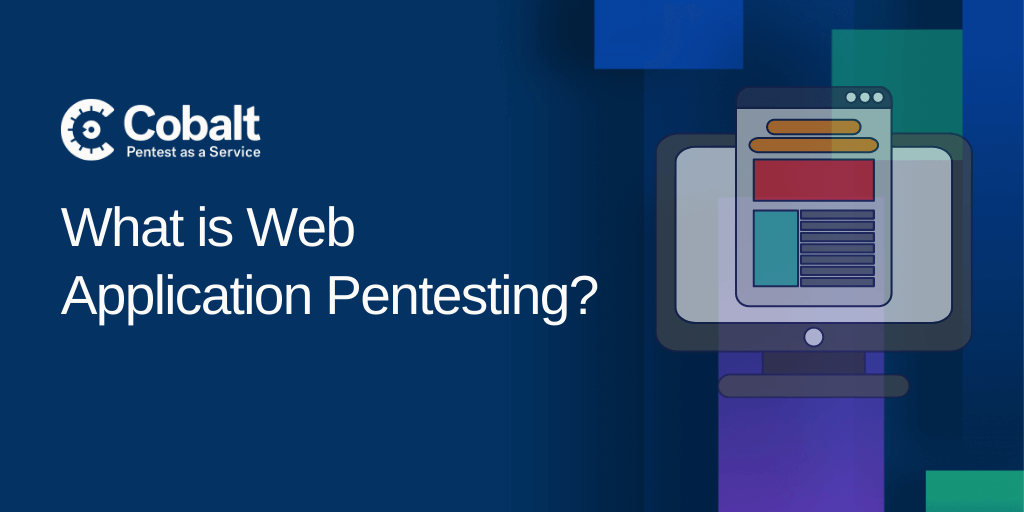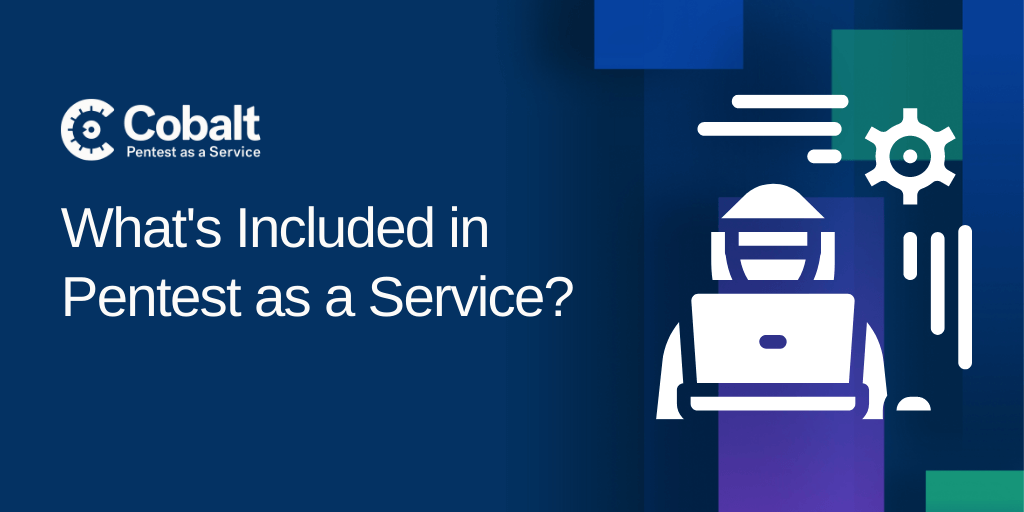Every piece of software, from mobile apps to intricate enterprise solutions, is developed using a structured process. Two of the dominant frameworks governing these processes are the Software Development Lifecycle (SDLC) and the Secure Software Development Lifecycle (SSDLC).
For anyone interacting with technology – developers creating the next big app, businesses investing in digital solutions, or everyday users relying on software for tasks and entertainment – understanding the distinctions between SDLC and SSDLC is essential for ensuring security.
The choice between these lifecycles can determine how the software responds to potential threats and how smoothly it integrates into existing ecosystems.
With increasing concerns over data breaches and cybersecurity, a deeper understanding of these processes is central to building digital trust. Knowing how software is built helps stakeholders ensure security isn't an afterthought.
Below, we'll highlight the unique attributes of both SDLC and SSDLC, their inherent benefits, and the scenarios in which each is likely to be most effective.
Understanding SDLC
The Software Development Lifecycle (SDLC) provides a roadmap for transforming an idea into a functional and maintainable software product. In a way, it serves as a step-by-step guide that ensures every essential aspect of software creation gets the attention it deserves.
While the Waterfall model is often associated with traditional SDLC, there are also other frameworks, such as Agile, Lean, Spiral, and V-Model, which the team can adopt. Each model approaches the SDLC differently, depending on their project needs, team structures, etc., and has its own benefits and potential drawbacks.
Yet they all tend to include the following general steps:
- Requirement Analysis: This is the foundation-setting stage. Here, developers, stakeholders, and end users come together to discuss and finalize the exact needs and expectations they have of the software. They address questions like, "What problem does the software solve?" and "Who will use it?"
Of course, this process isn't always straightforward since people don't always know the extent of the ground they want to cover upfront. - Design: With requirements in hand, the team outlines the software's architecture. They determine how the software will look, the experience it will offer, and the technical specifications that will make it all possible. The team will create architectural blueprints and user interface mockups/prototypes to visualize the end-user experience.
- Implementation, or Coding: Armed with the design blueprint, developers write the code that brings the software to life. Every feature, every function, every interface — this is where they all take shape. The team will choose the programming languages of the target platform and often use iterative feedback loops and continuous integration tools to merge ideas and test or catch issues during development – all while adhering to coding standards and best practices.
- Testing: No software is perfect on the first go. Testing identifies bugs or inefficiencies in the code for developers to fix. Using both manual checks and automated tools, the team ensures the software not only works but excels in its intended function.
- Deployment: Once the software meets the set standards, it's time to release it into its intended environment, be it for a specific set of users or the broader public.
- Maintenance: Software isn’t a "set it and forget it" entity. Over time, user needs change, new challenges emerge, and improvements become necessary. Maintenance addresses these evolving needs, ensuring the software remains relevant and functional.
Benefits of SDLC
The Software Development Lifecycle (SDLC) offers distinct advantages, such as structure and predictability. With its systematic, step-by-step progression, every participant in the development process is always informed about the subsequent phase, ensuring a steady and predictable march towards the culmination of the project.
This systematic approach also establishes clear milestones. As the team navigates through each stage, achieving these set markers is a testament to their progress, bringing them incrementally closer to the project's successful completion.
The SDLC framework also promotes role clarity. It meticulously defines the responsibilities of each team member, from analysts to developers, to eliminate potential overlaps, streamline efforts, and reinforce efficiency throughout the software development process.
Defining SSDLC
Secure Software Development Lifecycle (SSDLC) is an enhancement of SDLC and embeds security principles and practices at each phase. The impetus for Secure SDLC stems from the evolving cyber threat landscape. With increasing data breaches and malicious cyber-attacks, it has become critical for organizations to prioritize security considerations straight from the onset of software development.
SSDLC ensures that security protocols and measures are interwoven with each development phase, significantly reducing security vulnerabilities and fortifying the software against potential threats.
SSDLC augments the traditional SDLC in the following ways:
- Requirement Analysis: This foundational phase extends its scope to include potential security requirements alongside basic software needs. Threat modeling often becomes an integral part of discussions among stakeholders, aiming to forecast and preemptively address security challenges.
- Design: SSDLC's design phase is comprehensive. In addition to creating architectural blueprints and user interfaces, a detailed security architecture is also designed. The intent is to have security measures that integrate seamlessly into the software's overall structure.
- Implementation or Coding: Unlike traditional SDLC, SSDLC emphasizes secure coding practices right from the coding phase. This minimizes common vulnerabilities such as injection attacks and cross-site scripting. Continuous security checks often run in parallel with standard development testing, allowing for the early identification of security issues.
- Testing: Security testing becomes a vital component in this stage. Techniques like penetration testing and vulnerability scanning are employed to check the security apparatus of the software rigorously.
- Deployment: Before the software is released from the production environment, it undergoes a security review to ensure all security measures are fully functional and up-to-date.
- Maintenance: The traditional SDLC views maintenance as an ongoing process of updates and bug fixes. The SSDLC takes this a step further by continuously monitoring the security aspects of the software. Any new vulnerabilities discovered post-launch are quickly addressed, and security updates are rolled out as needed.
- End-of-life: Unlike traditional SDLC, SSDLC also considers the security implications when a software product reaches its end of life. Data is securely archived or destroyed, and all decommissioning activities are carried out with an eye toward minimizing security risks.
This multi-layered approach ensures not only the functional efficiency of the software but also its ability to withstand a variety of security threats.
Key Differences Between SSDLC and SDLC
SSDLC integrates security from the onset, emphasizing prevention over patching, while the traditional SDLC tends to focus primarily on functionality, often relegating security to later stages. The proactive approach in SSDLC, although potentially slower initially, can be cost-saving in the long run by reducing post-launch vulnerabilities and subsequent damage control.
The traditional SDLC might show quick initial progress, but it's more likely to face setbacks if security flaws emerge later. However, SSDLC demands a broader engagement from stakeholders centered around security.
The Growing Importance of Security in Software Development
Cyber threats are increasing in number and complexity, and more industries, from healthcare and finance to e-commerce, are now under mandates to adhere to stricter cybersecurity protocols. A security lapse can lead to a significant loss of trust, customer migration, and even legal implications.
Given these combined pressures, SSDLC is becoming a cornerstone of modern software development, ensuring both functionality and security are addressed concurrently.
However, it's not just about integrating security protocols. Ensuring they hold up against real-world threats is vital. This is where penetration testing, or pentesting, comes into play. It simulates cyberattacks on software to identify vulnerabilities before malicious actors can exploit them. Services like Cobalt's Pentest as a Service (PtaaS) provide this crucial layer of proactive defense, giving software developers and businesses an edge in safeguarding their digital assets.
For those looking to stay ahead, it's time to transition from merely acknowledging the importance of security in software development to actively integrating and testing it. Cobalt's PtaaS stands ready to assist in this endeavor. Prioritizing security is not just a technical requirement; it's a commitment to safeguarding user trust and ensuring longevity in the marketplace.
Ready to elevate your software's defense? Explore what Cobalt PtaaS has to offer today.










